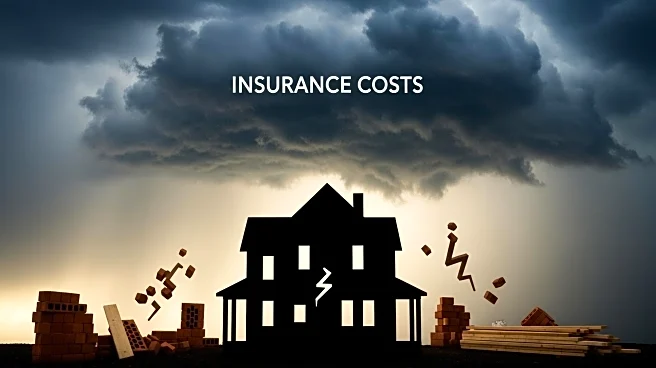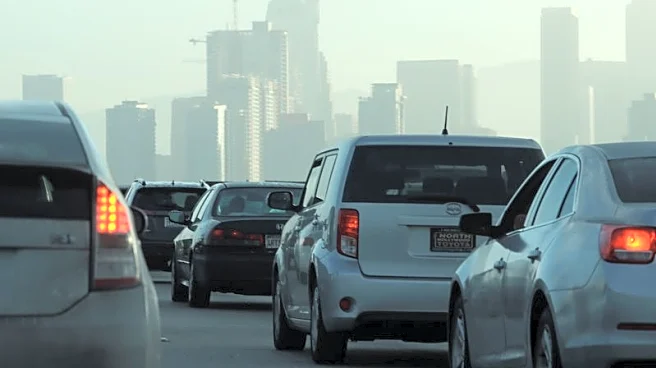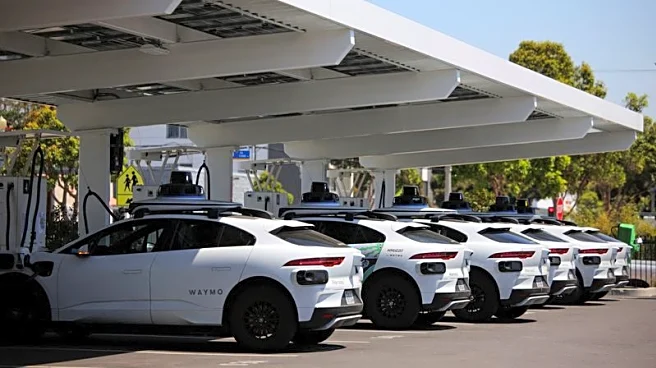What is the story about?
What's Happening?
Homeowners insurance costs in the U.S. have increased by nearly 70% over the past five years, with the average annual premium now at $2,370. The rise is attributed to higher home values, climate-related risks, and increased costs of building materials like lumber and steel. California has seen the sharpest increase, with premiums in Los Angeles up 19.5% from the previous year. The surge in insurance costs is prompting some homeowners to switch insurers or consider going without coverage, a risky decision that experts advise against. The trend reflects broader economic pressures and the impact of climate change on property insurance.
Why It's Important?
The significant rise in homeowners insurance costs highlights the financial strain on property owners, particularly in disaster-prone areas. As climate change increases the frequency and severity of natural disasters, insurance premiums are likely to continue rising, affecting affordability and accessibility. The decision by some homeowners to forgo insurance poses financial risks and could lead to increased economic vulnerability. The situation underscores the need for policy interventions to address climate risks and stabilize insurance markets. The rising costs also reflect broader economic challenges, including the impact of inflation and supply chain disruptions on building materials.
What's Next?
Homeowners may explore alternative insurance options or take measures to reduce their premiums, such as improving home resilience to natural disasters. Policymakers and industry stakeholders may consider strategies to mitigate climate risks and support affordable insurance coverage. The ongoing dialogue about climate change and its economic impacts may lead to increased investment in sustainable infrastructure and disaster preparedness. The insurance industry may also adapt by developing new products and pricing models to address emerging risks.
AI Generated Content
Do you find this article useful?














